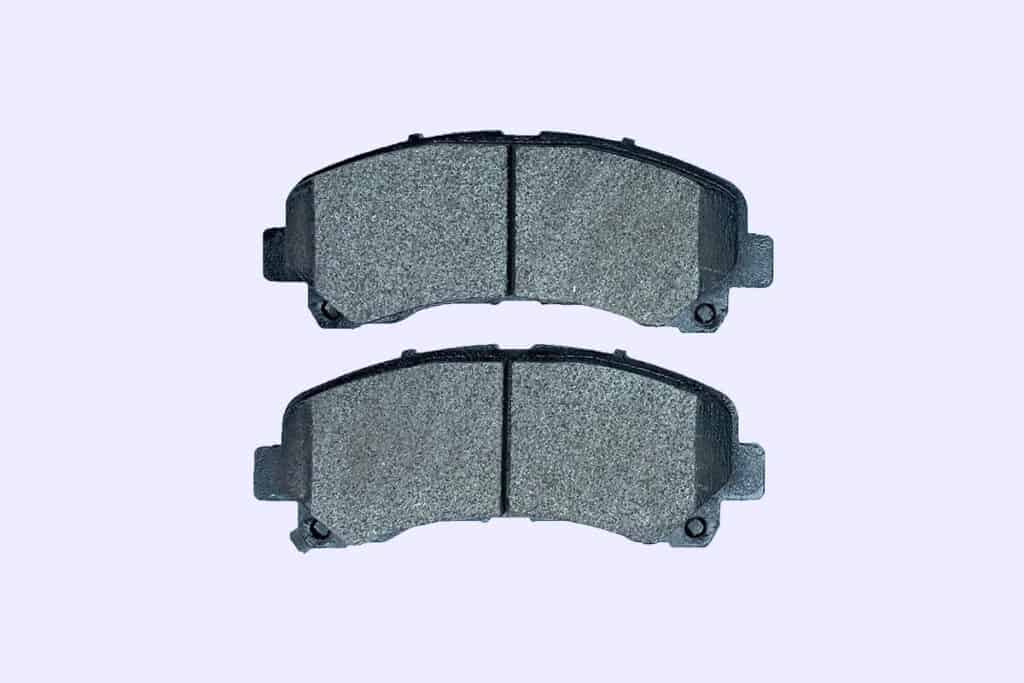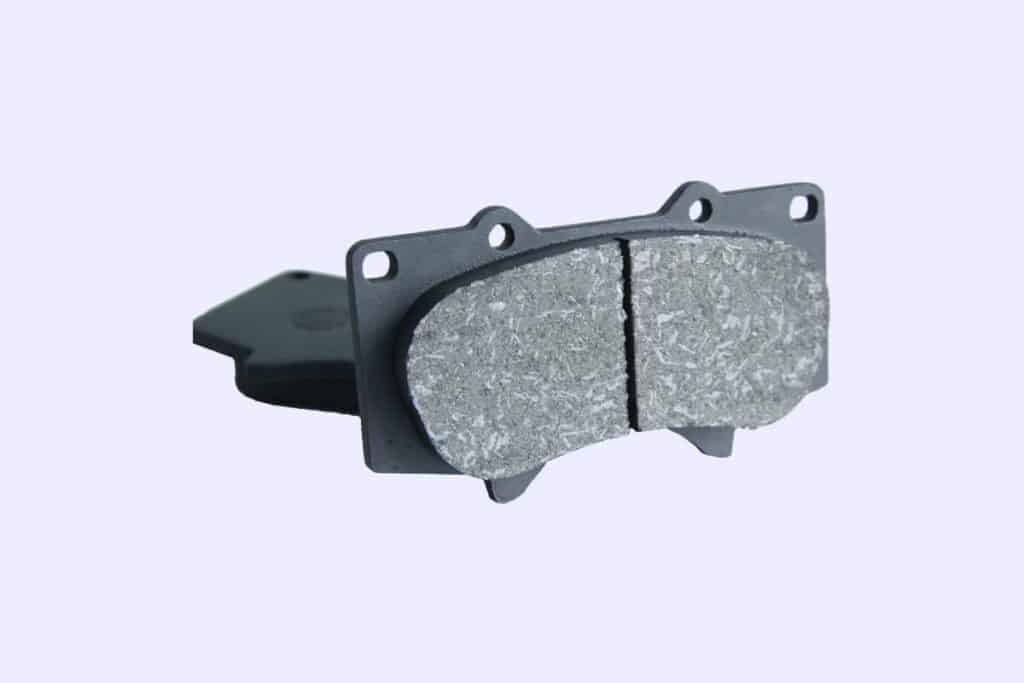Understanding the Differences Between Organic and Metallic Brake Pads
Brake pads play a crucial role in your vehicle’s braking system, converting kinetic energy into heat through friction as they press against the brake rotors. There are several types of brake pad materials available, with organic and metallic pads being two common options. In this article, we will compare the characteristics, performance, and suitability of organic and metallic brake pads to help you determine the best choice for your vehicle and driving style.

Organic Brake Pads: What They Are and How They Work
Organic brake pads, also known as non-asbestos organic (NAO) pads, are made from a blend of fibers, resins, and other materials. They are called organic because they contain a mix of natural materials like glass, rubber, carbon, and Kevlar. These brake pads are known for their low noise and dust generation, smooth operation, and relatively low cost. However, they tend to wear faster and have lower heat resistance compared to other types of brake pads.
Metallic Brake Pads: What They Are and How They Work
Metallic brake pads, commonly referred to as sintered or simply metal pads, consist of a mixture of metals such as iron, copper, steel, and sometimes even small amounts of graphite. These brake pads are known for their excellent heat resistance, durability, and consistent performance under various conditions. However, they tend to be noisier, produce more brake dust, and may cause more wear on brake rotors compared to organic pads.
Comparing Organic and Metallic Brake Pads: The Pros and Cons
Organic brake pads offer a quieter, smoother braking experience, and generate less dust. They are also more gentle on brake rotors and generally less expensive. On the downside, they have a shorter lifespan, lower heat resistance, and may not provide optimal braking performance under high-stress conditions.
Metallic brake pads, on the other hand, provide strong and consistent braking performance across a wide range of temperatures and conditions. They have a longer lifespan and better heat resistance, making them suitable for high-performance or heavy-duty vehicles. However, they can be noisier, produce more dust, and cause increased wear on brake rotors.
Selecting the Right Brake Pads for Your Driving Needs
When choosing between organic and metallic brake pads, consider factors like your driving style, the type of vehicle you drive, and your performance requirements. Organic pads are often a suitable choice for daily driving, offering a comfortable and quiet braking experience. Metallic pads are more appropriate for high-performance driving or for vehicles that regularly carry heavy loads or tow trailers, as they provide better heat resistance and stopping power.
The Importance of Proper Brake Pad Installation and Break-In
Installing New Brake Pads
Proper installation of your brake pads is essential for ensuring optimal performance and longevity. Always follow the manufacturer’s guidelines or consult a professional mechanic if you’re unsure about the installation process.
Break-In Procedures for Optimal Performance
After installing new brake pads, it’s important to follow the recommended break-in procedure, also known as bedding-in. This process ensures even distribution of brake pad material onto the rotor surface, resulting in improved braking performance and reduced noise.
Regular Inspection and Maintenance
Regular inspection of your brake pads and other brake components is crucial for maintaining your vehicle’s safety and performance. Replace worn or damaged brake pads as needed to ensure optimal braking efficiency.
Other Brake Pad Options: Ceramic and Semi-Metallic Pads
Ceramic Brake Pads: Characteristics and Performance
Ceramic brake pads are made from a blend of ceramic fibers, filler materials, and bonding agents. They offer a combination of the benefits of both organic and metallic pads, providing excellent heat resistance, low noise, and reduced dust production. However, they tend to be more expensive than both organic and metallic pads, and may not provide the same level of initial bite or aggressiveness in high-performance applications.
Semi-Metallic Brake Pads: Characteristics and Performance
Semi-metallic brake pads contain a mix of metal and organic materials, providing a balance between the benefits and drawbacks of both types. They offer improved heat resistance and durability compared to organic pads while generating less noise and dust than fully metallic pads. However, their performance characteristics may vary depending on the specific blend of materials used in their construction.
The Environmental Impact of Brake Pad Materials
The environmental impact of brake pads should also be considered when choosing the right material for your vehicle. Organic pads generate less brake dust, reducing the release of particulate matter into the environment. Metallic pads, while producing more dust, often contain fewer harmful materials. Ceramic pads offer a more environmentally friendly option, as they produce even less dust and contain no harmful materials.

The Price Factor: Comparing the Cost of Organic and Metallic Brake Pads
When comparing the cost of organic and metallic brake pads, organic pads are generally more affordable, making them an attractive option for budget-conscious drivers. Metallic pads, while more expensive, can offer better performance and longer lifespan, making them a worthwhile investment for those who prioritize performance or drive under demanding conditions. Ceramic pads, although the most expensive option, provide a balance of performance and environmental benefits that may justify their higher cost for some drivers.
Conclusion: Choosing the Right Brake Pads for Your Car and Driving Style
Selecting the right brake pad material for your vehicle and driving style is crucial for ensuring optimal braking performance and safety. Organic pads offer a quieter, more comfortable braking experience, while metallic pads provide stronger stopping power and durability under high-stress conditions. Ceramic and semi-metallic pads balance the benefits of both types, providing a range of options for different driving needs. By considering factors such as driving habits, vehicle type, performance requirements, environmental impact, and cost, you can make an informed decision about the best brake pad material for your car.
